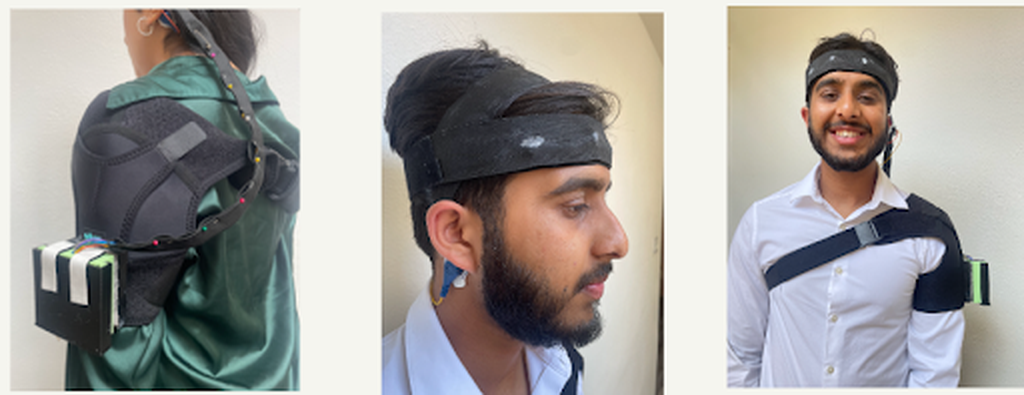
What is EEG?
Electroencephalogram (EEG) is a non-invasive technique that allows for the recording of the brain's electrical activity. It utilizes electrodes placed on the person's forehead and scalp in order to detect the tiny electrical signals that the neurons in the brain produce. With the use of a processor and amplifier, that signal can be digitized and visualized on a device. EEG provides valuable information about a person's brain function, such as if a stroke is occuring.
Standard EEG Devices vs. NeuroGuard
A typical EEG device consist of a sizable processor and amplifier, and the user usually has to have 21 electrodes, which can go up to 64+, placed on their head. This is combined with having to insert gel between the electrodes and the person's head in order to ensure good contact and minimize any resistance. Additionally, any EEG readings have to be interepreted by a specialist. All of these issues make the device difficult to set up and interpret, bulky, and messy.
Our solution to these problems starts with using a microprocessor that also acts as an amplifier. We also reduced the number of recording electrodes to 4, with an additional 2 electrodes acting as a ground and reference. Our electrodes consist of the flat and dry variant for the recording electrodes, and sticky electrodes for the ground and reference. The electrodes are housed in an adjustable headband while the microprocessor is found on an adjustable shoulder brace. Lastly, we developed an algorithm that will automatically detect for strokes without the need for external interpretation. Our EEG system allows for portability, comfortability, ease of use, and peace of mind.